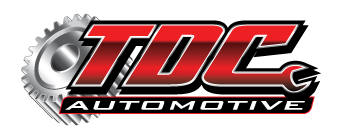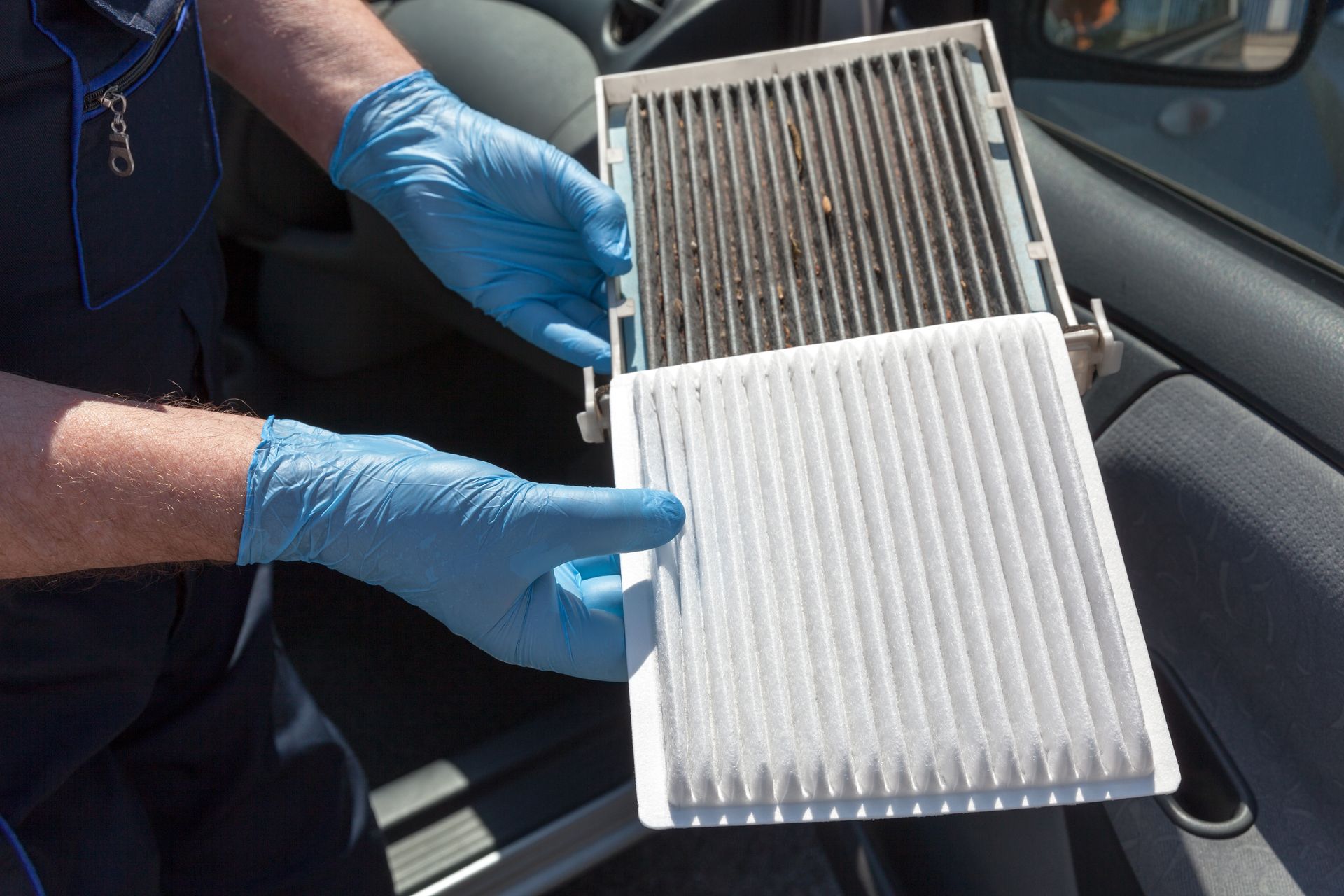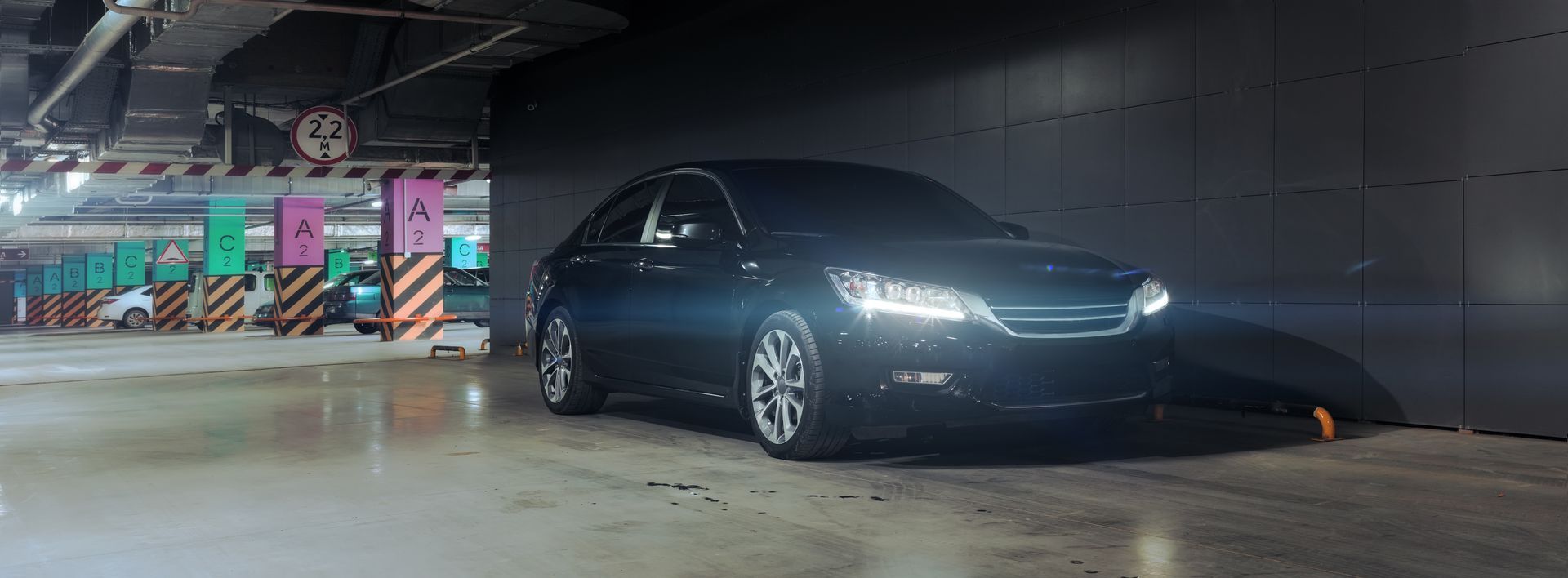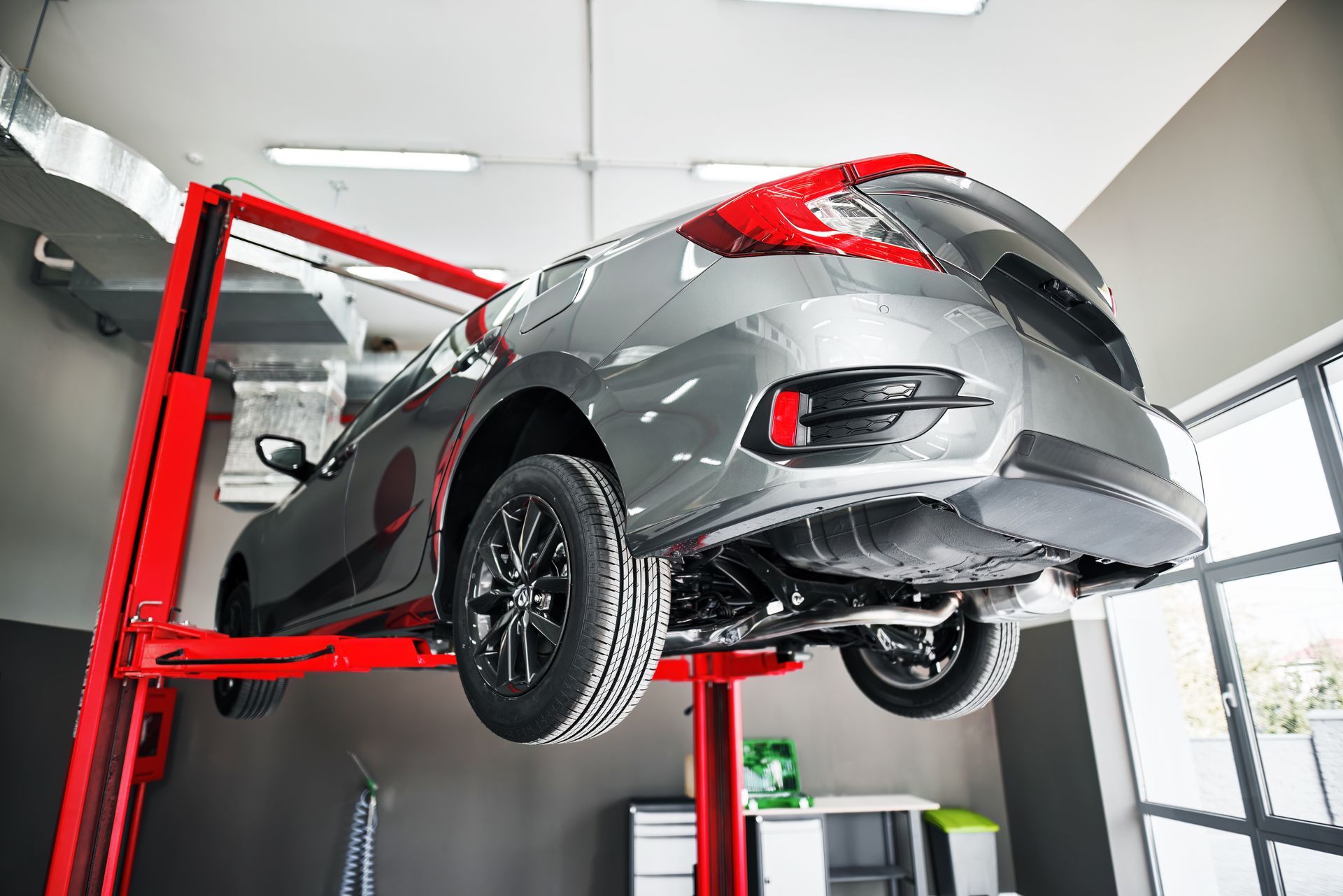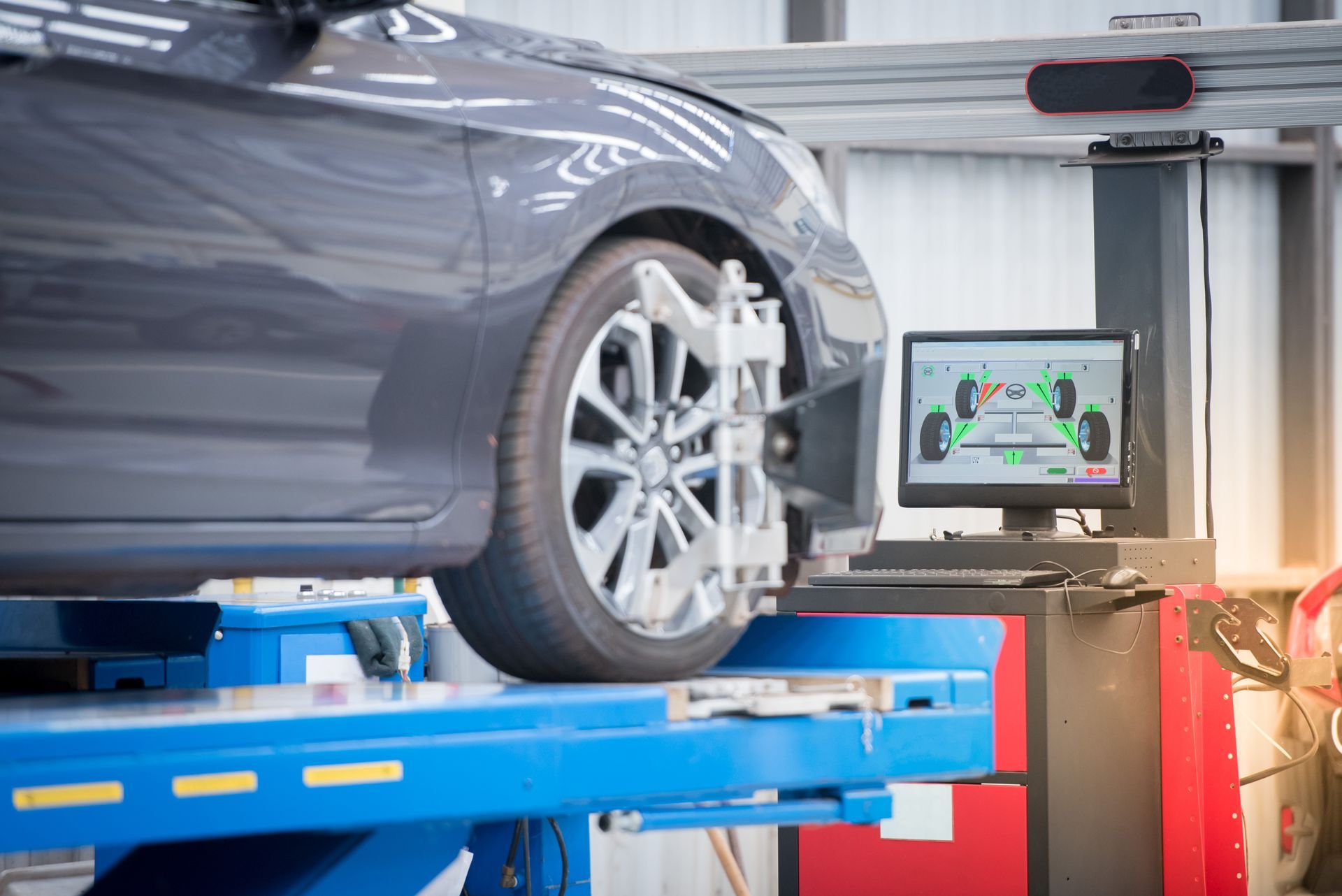The engine and transmission are two of the most vital components of any vehicle. While the engine generates power and converts fuel into motion, the transmission is responsible for harnessing and controlling that power to ensure a smooth and efficient driving experience. Understanding how these two systems work together is crucial for any driver looking to get the most out of their vehicle.
Understanding The Engine
At its core, an engine's job is to convert fuel into motion. Through internal combustion, engines ignite air and fuel mixtures, causing explosions that push pistons up and down. This linear movement translates into rotational force or torque, which is what ultimately turns your wheels.
Each pulse of power within the cylinders must be harnessed and controlled; this is where our next virtuoso steps onto the stage.
Transmission at Work
The transmission – an intricate assembly whose mission is to take the engine's raw power and finesse it for practical use on the road. It ensures that your car accelerates smoothly from a standstill to cruising speed without overworking the engine.
Manual transmissions require drivers to engage different gears by operating a clutch pedal and gear stick. Automatic transmissions handle these adjustments themselves using complex systems of fluid pressure, sensors, and electronic controls.
Gears in Sync
Each gear corresponds to a speed range your car operates in. The first gear provides maximum torque for pulling away from stops but doesn't have much speed; conversely, higher gears allow faster travel with less torque.
As you accelerate or decelerate, your car needs to transition through these gears smoothly – akin to changing pitch in music without missing a beat.
Seamless Shifts - Performance Behind The Scenes
This seamless shifting isn't magic; it's precision engineering at play. Sensors monitor variables like vehicle speed, throttle position, and engine load to determine when a gear change is necessary.
In automatic transmissions, this data prompts hydraulic systems or computer-controlled actuators to adjust gears accordingly.
In manual transmissions, it's up to you - through muscle memory and keen senses - to feel when shifts are needed and manually coordinate clutch engagement with gear selection.
When it comes to transmissions, TDC Automotive LLC comes second to none! Give us a call when it's time for a check-up or something starts to malfunction.
